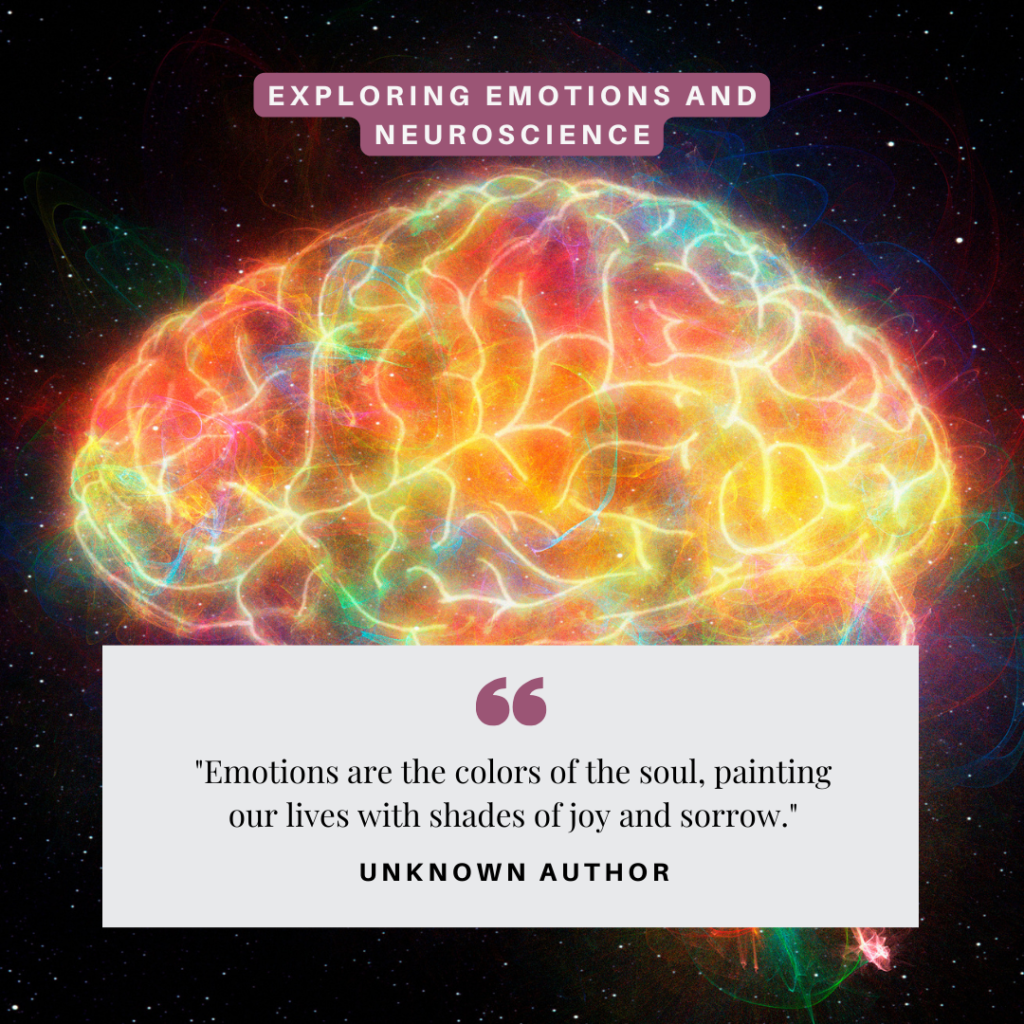Emotion and the brain
Introduction
Emotions are complex psychological states that involve physiological arousal, expressive behaviors, and conscious experience. Understanding how the brain processes emotions can provide insights into human behavior, mental health, and social interactions.
Brain Structures Involved in Emotion
Amygdala
The amygdala is crucial for processing emotions, particularly fear and pleasure. It helps detect threats and prepares the body for a fight-or-flight response.
Hippocampus
The hippocampus is involved in forming new memories and connecting emotions to these memories. It plays a role in remembering emotional experiences.
Prefrontal Cortex
The prefrontal cortex is associated with higher cognitive functions, including emotional regulation, decision-making, and social behavior. It helps modulate emotional responses.
Insula
The insula is involved in the perception of bodily sensations and emotional experiences, such as disgust and empathy.
Cingulate Cortex
The cingulate cortex is important for emotional regulation, pain processing, and linking behavioral outcomes to motivation.

Neurotransmitters and Emotion
Dopamine
Dopamine is involved in reward, motivation, and pleasure. It plays a key role in reinforcing behaviors that are pleasurable or rewarding.
Serotonin
Serotonin regulates mood, anxiety, and happiness. Imbalances in serotonin levels are associated with mood disorders such as depression and anxiety.
Norepinephrine
Norepinephrine is involved in arousal and alertness. It plays a role in the body’s stress response and can impact mood and attention.
GABA (Gamma-Aminobutyric Acid)
GABA is the main inhibitory neurotransmitter in the brain, helping to regulate anxiety and promote relaxation.
The Limbic System
Function and Components
The limbic system is a group of interconnected structures involved in emotion, motivation, and memory. Key components include the amygdala, hippocampus, and parts of the thalamus and hypothalamus.
Role in Emotion
The limbic system integrates sensory input with emotional responses, helping to form emotional memories and regulate emotional behavior.
Emotional Regulation
Mechanisms
Emotional regulation involves strategies to manage and modify emotional reactions. It includes processes like reappraisal, suppression, and distraction.
Brain Regions Involved
Key brain regions involved in emotional regulation include the prefrontal cortex, anterior cingulate cortex, and amygdala.
Importance
Effective emotional regulation is crucial for mental health, social relationships, and overall well-being.
Impact of Emotion on Behavior
Influence on Decision Making
Emotions significantly impact decision-making processes, often guiding choices based on past emotional experiences and anticipated outcomes.
Social Interactions
Emotions play a vital role in social interactions, influencing behaviors such as empathy, aggression, and cooperation.
Health
Chronic stress and negative emotions can adversely affect physical health, contributing to conditions like cardiovascular disease and weakened immune function.
Emotion and Memory
Interaction
Emotions enhance the encoding and retrieval of memories, making emotionally charged events more memorable.
Brain Areas Involved
The amygdala and hippocampus work together to link emotions with memories, enhancing the vividness and retention of emotional experiences.
Impact on Memory Formation
Positive and negative emotions can both strengthen memory formation, but chronic stress may impair the ability to form new memories.
Emotional Disorders
Depression
Depression is characterized by persistent feelings of sadness, loss of interest, and various physical symptoms. It is associated with imbalances in neurotransmitters like serotonin and changes in brain structures like the prefrontal cortex.
Anxiety
Anxiety disorders involve excessive fear or worry. They are linked to overactivity in the amygdala and imbalances in neurotransmitters such as norepinephrine and GABA.
Bipolar Disorder
Bipolar disorder is characterized by mood swings between mania and depression. It involves changes in brain function and neurotransmitter activity.
Post-Traumatic Stress Disorder (PTSD)
PTSD occurs after experiencing a traumatic event and involves symptoms like flashbacks, avoidance, and hyperarousal. It is associated with changes in brain structures like the amygdala and hippocampus.
Current Research and Advances
Brain Imaging
Advanced brain imaging techniques, such as fMRI and PET scans, allow researchers to study the neural correlates of emotion and emotional disorders.
Neurofeedback
Neurofeedback involves training individuals to regulate their brain activity, potentially improving emotional regulation and reducing symptoms of emotional disorders.
Psychopharmacology
Research into psychopharmacology explores how medications can alter neurotransmitter activity to treat emotional disorders.
Key Brain Structures and Their Functions in Emotion
| Brain Structure | Function |
|---|---|
| Amygdala | Processing fear and pleasure, detecting threats, preparing for fight-or-flight responses |
| Hippocampus | Forming new memories, connecting emotions to memories |
| Prefrontal Cortex | Emotional regulation, decision-making, social behavior |
| Insula | Perception of bodily sensations, emotional experiences (e.g., disgust, empathy) |
| Cingulate Cortex | Emotional regulation, pain processing, linking behavioral outcomes to motivation |
FAQs
What role does the amygdala play in emotion?
The amygdala is crucial for processing emotions, particularly fear and pleasure. It helps detect threats and prepares the body for a fight-or-flight response.
How do neurotransmitters influence emotions?
Neurotransmitters such as dopamine, serotonin, norepinephrine, and GABA play key roles in regulating emotions. Imbalances in these chemicals can lead to mood disorders and affect emotional well-being.
What is the limbic system and its role in emotion?
The limbic system is a group of interconnected brain structures involved in emotion, motivation, and memory. It integrates sensory input with emotional responses and helps form emotional memories.
How do emotions impact memory formation?
Emotions enhance the encoding and retrieval of memories, making emotionally charged events more memorable. The amygdala and hippocampus work together to link emotions with memories.

